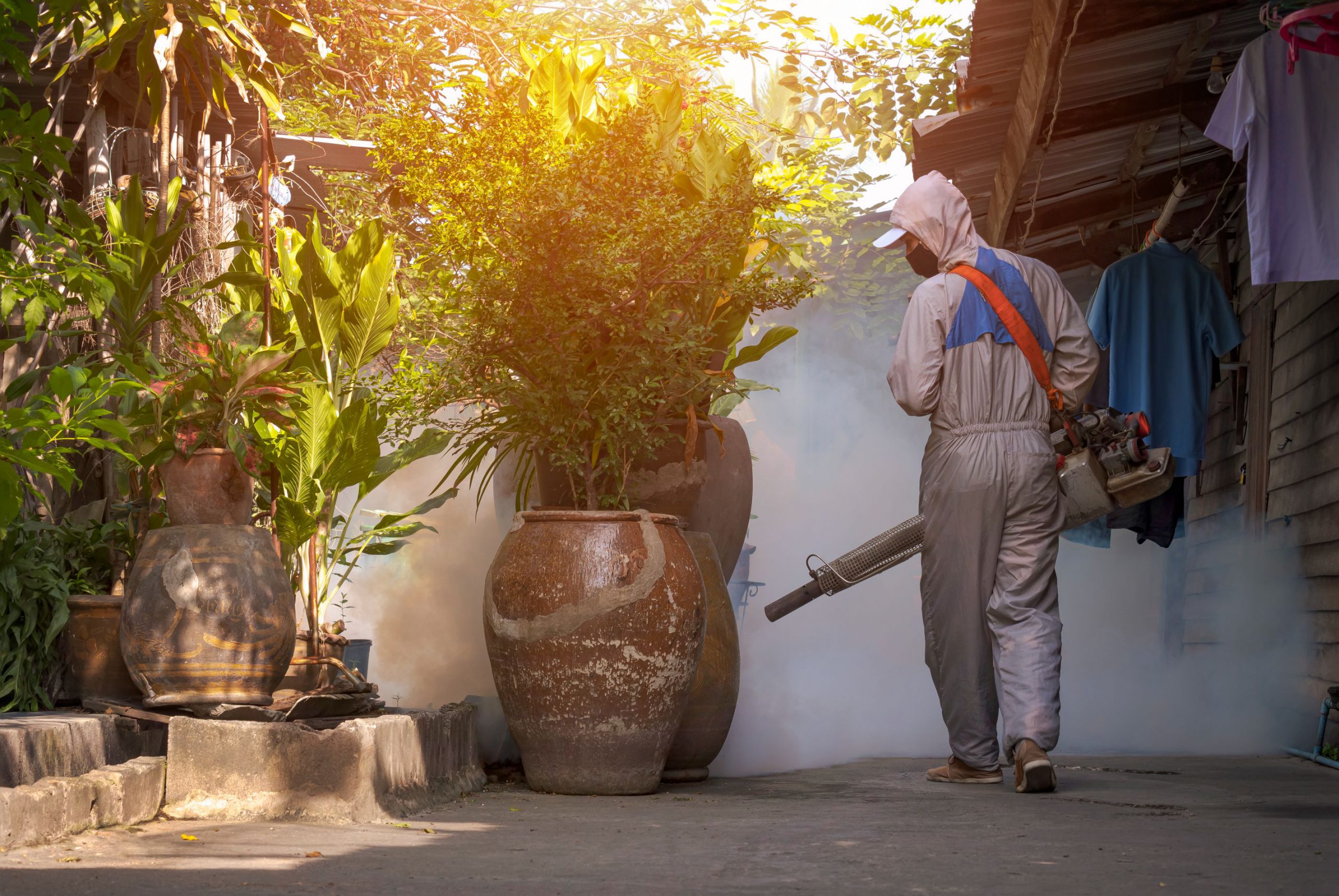Pests can be harmful, but they can also harm your health. Many pests carry diseases that can be transmitted to humans, so it is important to control them effectively. There are four main types of pest control methods: physical, chemical, biological and electronic.
Physical pest control methods include the use of physical barriers or traps to prevent pests from entering or damaging the property. Examples of physical pest control methods include:
Mosquito nets: These are nets made of fine mesh fabric that are spread over the bed or other area where you sleep or sit. Mosquito nets are very effective at preventing mosquito bites and can also help reduce the risk of mosquito-borne diseases such as malaria and dengue fever.
Screens: These are mesh or wire barriers used to prevent pests from entering a building or other structure. Walls are usually used for windows and doors, but can also be used for vents and other openings.
Traps: These are devices used to catch pests. Traps can be either lethal or non-lethal. Lethal traps kill trapped pests, while non-lethal traps allow pests to be released away from the trapping area.
Baits: These are substances used to attract pests. Bait can be used in combination with traps to catch pests or alone to kill pests.
Repellents: These are substances used to prevent pests from approaching an area or person. Repellents can be applied to skin or clothing or diffused into the air.
Chemical pest control methods involve the use of pesticides to kill pests. Pesticides can be applied in a number of ways, including spraying, dusting and fogging. Examples of chemical pest control methods include:
Insecticides: These are chemicals used to kill insects. Insecticides can be applied in a number of ways, including spraying, dusting and fogging. Insecticides can be very effective at killing insects, but if used incorrectly, they can also be harmful to humans and other animals. Herbicides: These are chemicals used to kill plants. Herbicides are usually used to control weeds, but they can also be used to kill other types of plants, such as trees and shrubs. Herbicides can be very effective at killing plants, but if used incorrectly, they can also be harmful to humans and other animals.
Fungicides: These are chemicals used to kill fungi. Fungicides are usually used to control plant diseases, but they can also be used to kill fungi on other surfaces, such as walls and furniture. Fungicides can be very effective at killing fungi, but they can also be harmful to humans and other animals if used incorrectly.
Rodent repellents: These are chemicals used to kill rodents such as rats and mice. Rodent repellents can be used in a number of ways, including baiting, trapping and poisoning. Rodent repellents can be very effective at killing rodents, but they can also be harmful to people and other animals if used incorrectly.
Biological control methods use living organisms to control pests. Examples of biological pest control methods include:
Predators: These are living organisms that prey on other organisms. Predators can be used to control pests by releasing them into the area of the pest. Predators can be very effective at controlling pests, but they can also be harmful to other organisms, such as beneficial insects and birds.
Parasites: These are living organisms that live on or inside another organism and receive nourishment from that organism. Parasites can be used to control pests by releasing them into the area of the pest. Parasites can be very effective at controlling pests, but they can also be harmful to other organisms such as humans and livestock.
Pathogens: These are living organisms that cause disease. Pathogens can be used to control pests by releasing them into the area of the pest. Pathogens can be very effective at controlling pests, but they can also be harmful to other organisms such as humans and livestock.





